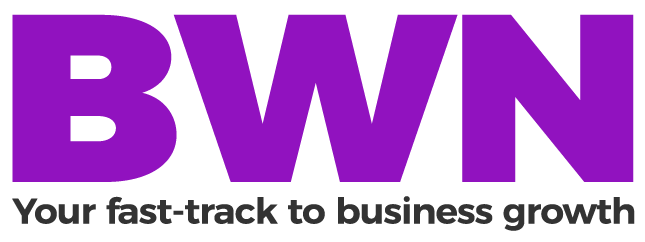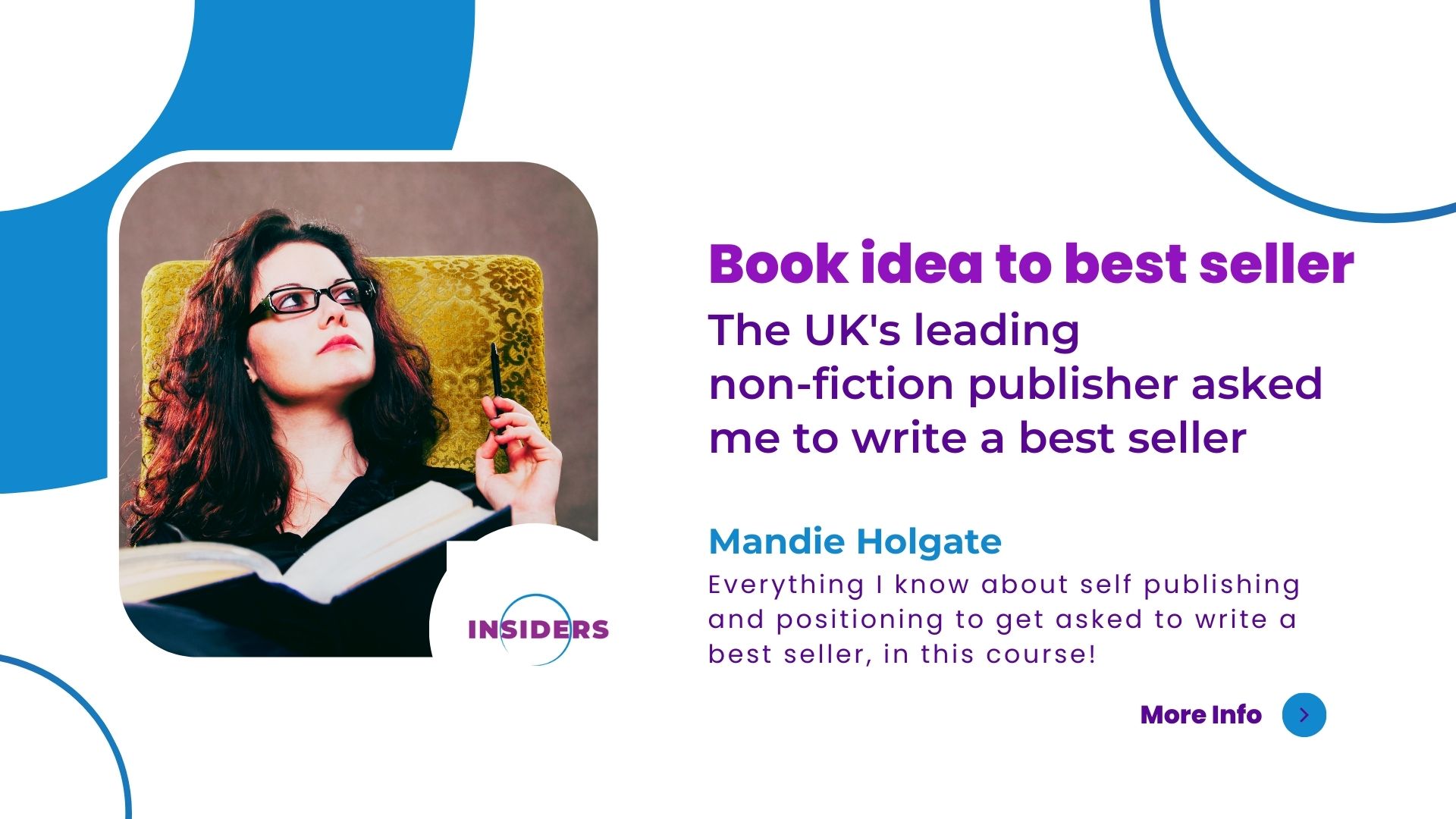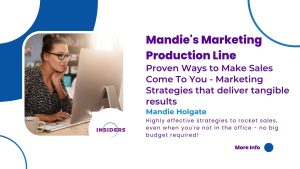Book idea to best seller
£345.00
Having self published and been asked to write a book by the UK’s leading non fiction publisher (and been given a lot of royalty cheques!) I aim to share everything I’ve learnt. Everything!
- Identifying a unique angle or perspective on a non-fiction topic. How to tell a unique story in a saturated market.
- How to appeal to publishers. What they hate and what stops your manuscript from getting read.
- How to research, fact-checking and include valuable information.
- Organising and structuring the book effectively – so it sells.
- Writing with clarity and accessibility for your target audience(s).
- Utilising storytelling techniques to engage readers and encourage them to read and action it.
- Balancing personal anecdotes with factual information in a way that brings your voice alive.
- Developing a strong and compelling argument or thesis.
- Where to start – and it’s not writing the book! That’s the worse place to start!
- Building a platform and an audience before publishing to ensure your book sales long after the book launch.
- Understanding the trends and demands of the non-fiction market – and how to stand out.
- Collaborating and communicating with editors and publishers to refine the manuscript and create a marketable book.
- How to sell your book and the benefits a book can bring to you.
- How to ensure your book sells years and years after writing it!
Description
- The global book market was valued at $137.12 billion in 2022 and is due to reach USD 165.22 billion by 2031,
- There’s over 4 million new book titles released every year.
- It’s estimated that between 500,000 to 1 million of these new titles are published through traditional publishers.
- At least 1.7 million self-published titles each year are considered to be produced, however, as many self-published authors do not use a trackable ISBN, this number could be a lot higher!
- The top 1% of books account for around one-third of all book sales.
- Approximately 3.52 million nonfiction books are published annually.
- A publishing house of a medium/large size will often receive more than 5,000 unrequested manuscript submissions annually.
- Within the book publishing industry, it is agreed that the odds of an author getting their work published stands between 1% and 2%.
- Despite this low number, more than 95% of manuscripts received by publishers and agents are below the level the standard required.
It is not wise to go this alone. Let me walk by your side to help you avoid a lot of mistakes and obstacles that will stop your book from selling.
Let me guide you in how to structure, write and sell your book.
Writing a book is an amazing achievement and can be very good for business, a personal mission or cause close to your heart. Turning a book idea into a bestseller can have many benefits;
- Financial gain: A best-selling book can generate significant income through book sales, royalties, speaking engagements, and other related opportunities.
- Career advancement: A best-selling book can establish you as an expert in your field and open up new career opportunities, such as teaching, consulting, or media appearances.
- Personal satisfaction: Turning a book idea into a bestseller can be a source of personal pride and fulfillment, as it allows you to share your ideas and connect with readers on a larger scale.
Having self published and been asked to write a book by the UK’s leading non fiction publisher (and been given a lot of royalty cheques!) I aim to share everything I’ve learnt. Everything!
- Identifying a unique angle or perspective on a non-fiction topic. How to tell a unique story in a saturated market.
- How to appeal to publishers. What they hate and what stops your manuscript from getting read.
- How to research, fact-checking and include valuable information.
- Organising and structuring the book effectively – so it sells.
- Writing with clarity and accessibility for your target audience(s).
- Utilising storytelling techniques to engage readers and encourage them to read and action it.
- Balancing personal anecdotes with factual information in a way that brings your voice alive.
- Developing a strong and compelling argument or thesis.
- Where to start – and it’s not writing the book! That’s the worse place to start!
- Building a platform and an audience before publishing to ensure your book sales long after the book launch.
- Understanding the trends and demands of the non-fiction market – and how to stand out.
- Collaborating and communicating with editors and publishers to refine the manuscript and create a marketable book.
- How to sell your book and the benefits a book can bring to you.
- How to ensure your book sells years and years after writing it!





